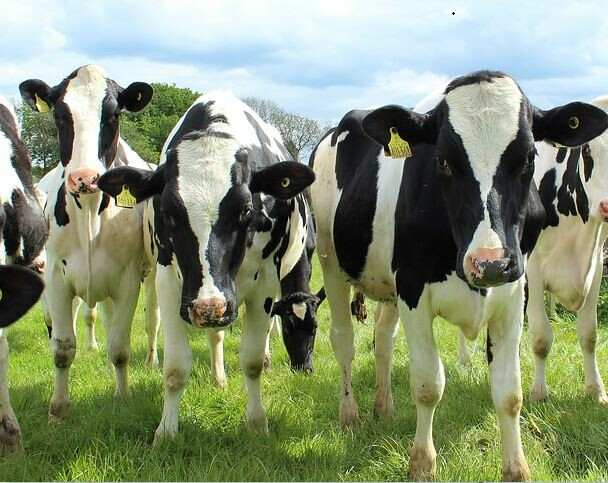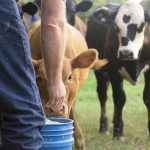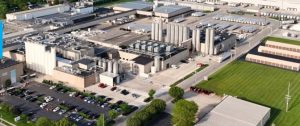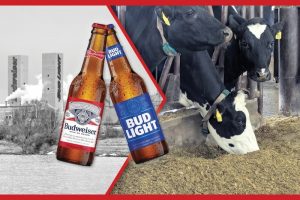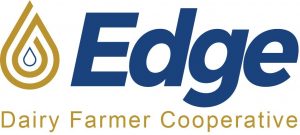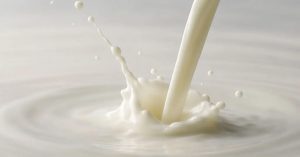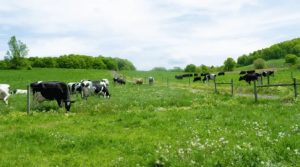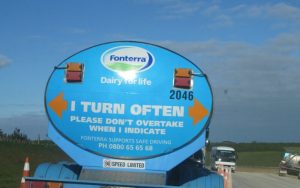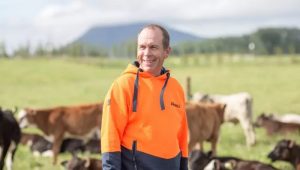
Then, as cow numbers per herd grew, heifer-raising increasingly shifted to confinement housing. But that pendulum now may be swinging back, as dairy researchers and producers are revisiting the merits of pasture-raising heifers – even if their adult destination still is a confinement dairy operation.
The recent exploration of returning heifers to grazing has produced some interesting considerations, including:
Land availability — One of the common reasons cited for not grazing heifers is the lack of availability of suitable land. But a three-year (2000-2002) University of Minnesota studythat compared the net return per acre for various enterprises showed grazing dairy heifers produced the highest rate of return, at $121/acre. Comparatively, other crop returns were: alfalfa hay, $91/acre; soybeans, $30/acre; and corn, -$15/acre.
While it may take a shift in thinking to consider converting tillable farmland to pasture, University of Wisconsin researchers point out that the feed value in pastures can be captured with zero investment in forage harvesting, or manure storage and hauling.
Cost – With labor availability and costs troubling many dairy operations, grazing heifers can provide a bit of relief. A study of 4 farms in south-central Wisconsin conducted by the Dairy Heifer Grazing Initiative showed labor needs were reduced by nearly 1 hour per day by switching heifers from confinement to grazing. At $15/hour, that adds up to a total labor cost savings of $3,150 for the entire, April-through-October grazing season.
The Wisconsin researchers acknowledge there are initial start-up expenses to switch to grazing, including fencing, watering systems and developing a strategic grazing management plan. But, compared the cost of constructing a new confinement facility, these costs are minimal. As a whole, recent economic studies comparing the costs of grazing versus confinement rearing of heifers showed an advantage for grazing of $.29 to $.50 per head per day.
Animal health and productivity – A number of studies have shown the growth of well-managed heifers raised on pasture can match or exceed that of confinement-reared animals, falling well within the industry-recommended growth rate of 1.8 to 2.2 pounds of gain per day. An ongoing Wisconsin Integrated Cropping Systems Trial (WICST), has shown no significant difference in weight or age at first calving between heifers raised on managed pastures versus confinement. Average daily gain has been 1.97 pounds/head/day for pastured heifers, versus 1.86 pounds/head/day for confinement heifers.
In the same study, pastured heifers produced about 2,000 more pounds of milk in their 305-day adjusted lactation than their counterparts raised in confinement. In terms of health, studies at both the University of Minnesota and Cornell University have proven pasture-raised heifers have significantly fewer displaced abomasums and less calving difficulty. The Minnesota study also showed fewer skeletal injuries for heifers raised on pasture.
Environmental impact – Moving heifers to pasture can ease pressure on Confined Animal Feeding Operation (CAFO) limits, while stemming soil phosphorus loss and surface-water contamination. According to research by the U.S. Dairy Forage Research Center, cattle lots and barnyards account for 7 to 37% of total farm phosphorus loss. Growing pasture forages versus row crops also helps prevent soil erosion and sediment loss.
While all of these attributes of grazing heifers are positive, successfully raising heifers on pasture still requires skilled management and regular monitoring, especially because forage quantity and quality can vary so much through the growing season, and are highly dependent on moisture availability.
Forage analysis in the southern Wisconsin study showed average Relative Feed Quality (RFQ) for pasture forage was highest in May (197) and October (182), and lower in the hotter, drier part of the summer. As forage conditions change, supplemental forage or concentrate may be needed.
Penn State University researchers also cautioned against grazing heifers too young. They advised waiting until heifers are at least 6 months of age to turn them out to pasture, and that heifers 6 to 12 months of age should be supplemented with several pounds of concentrate mix per head per day throughout the pasture season. This will ensure they will receive adequate energy to maximize growth, and to help recapture the excess nitrogen found in pasture.
